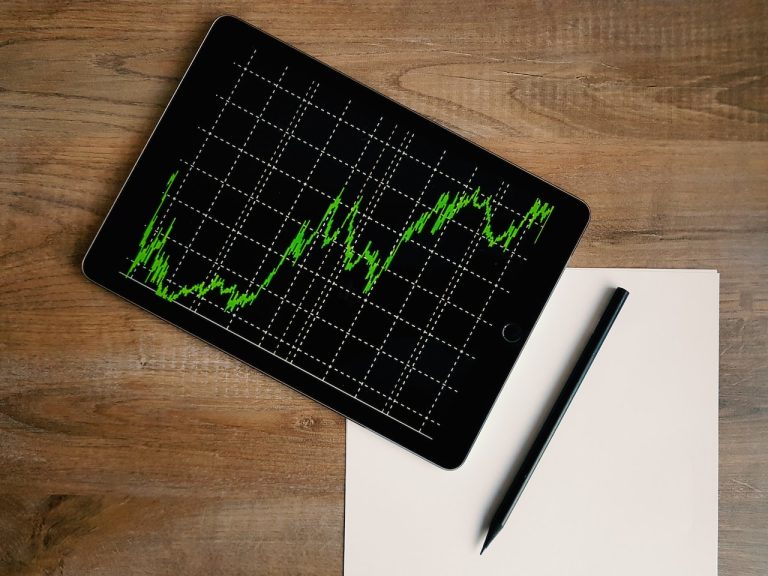As a business journalist you may not have to know all the specifics about the stock market, but understanding this particular index may help out your beat in a number of ways. Journalists often look to numbers to tell stories, for good reason. Numbers are concise, easy to understand, and can be compared to each other. Just think of the many stock indexes used to summarize in one number the activity of hundreds of individual company shares.
But what about more subjective measures? Numeralizing emotions might seem impossible, but thanks to real-time market data this index attempts to do just that. Here’s what you need to know about the fear index.
What is the fear index?
The VIX – the ticker symbol for the CBOE Volatility Index – is often referred to as the “fear gauge” or “fear index” because it is a real-time gauge of stock market volatility that represents how financial professionals are feeling about the strength of market conditions over the next 30 days. This index was created in 1993 by the CBOE Options Exchange and is considered a very important index in the financial world because it provides a way for investors to measure the level of risk, fear, or stress present in the market before making decisions.
Although many investors use the VIX to gauge the market generally, it is actually making calculations based on the S&P 500 specifically because that index is generally viewed as a good indicator of the overall market performance in the United States.
It is important to note that although the word ‘volatility’ gives off a negative connotation, it is actually a neutral term. An increasing VIX means that investors are expecting big price changes in the near future, and therefore more volatility. The VIX itself does not note whether those fluctuations are going in a positive or negative direction. This forward-looking nature of the VIX can make it an extremely powerful indicator.
How does the VIX work?
Understanding the exact calculations being made to determine the price of VIX can be a little overwhelming for those of us who aren’t the most math-inclined, but not to fear (pun intended), anyone can understand the basic concept of how the calculations work.
The VIX gets its prices by measuring the average weighted prices of S&P 500 options. What is options trading, you ask? Well, that can also get complicated, but to keep it simple, options allow investors the right, but not the obligation, to purchase or sell shares at a preset price in the future. Purchasing options cost money, but far less than purchasing shares outright. Plus, it’s easier to bet on a decline in share prices with options than trying to sell shares you don’t own. While options are a great way to hedge against market uncertainty (i.e. volatility), they’re also used for speculation.
So, the VIX uses these ‘bets’ across the S&P 500 in order to gauge investor sentiment. The more ‘bets’ being placed the more likely investors are being cautious and have less confidence in near-future market conditions.
Both Forbes and NerdWallet have decent beginner’s guides explaining options trading if you want to learn more.
How to read the VIX
Even though volatility is a neutral term, as previously mentioned, people still tend to associate it with a negative connotation. This means that generally, as the VIX goes up, the price of the S&P 500 is expected to go down, and vice versa. Therefore, the price of the VIX can essentially be a layman’s guide to the level of confidence financial investors have in the market for the next month.
Here’s how to interpret those numbers according to S&P Global:
0-15 Low volatility: Typically indicates a lot of optimism in the market.
15-25 Moderate to medium volatility: Prices in this range typically indicate a normal market environment where there are some changes to be expected, but nothing to be overly concerned about.
25-30 High volatility: This denotes growing concern in the market and that investor confidence is decreasing.
30+ Extremely high volatility: Generally when the index gets over 30 it indicates very big changes are predicted and extreme turbulence is ahead for the market.
Examples: Towards the end of 2013, a so-called ‘banner year’ for the stock market, the VIX hovered around 12. In contrast, in March 2020, the VIX spiked to an all-time high of 82.69, surpassing its previous high of 80.74 in November 2008.







